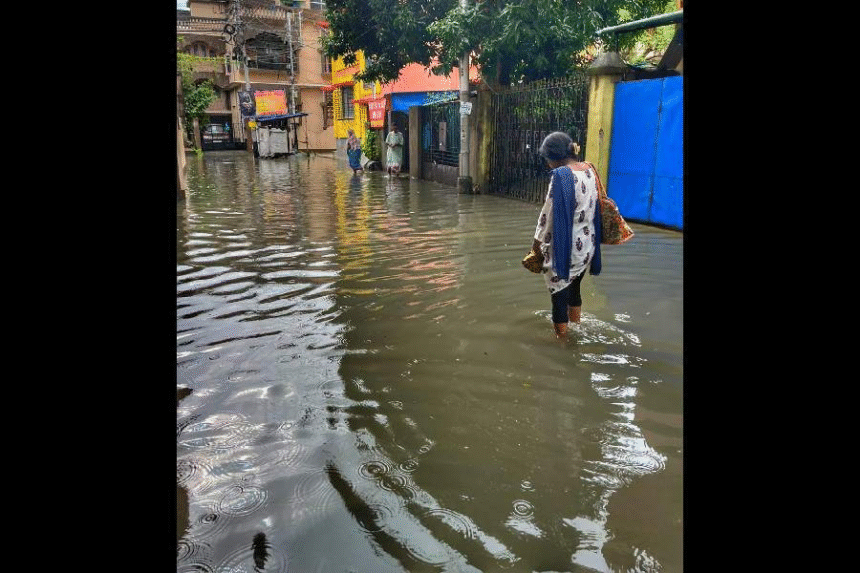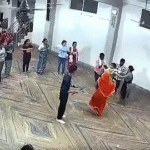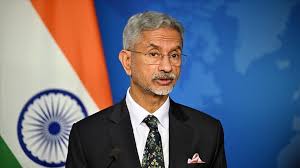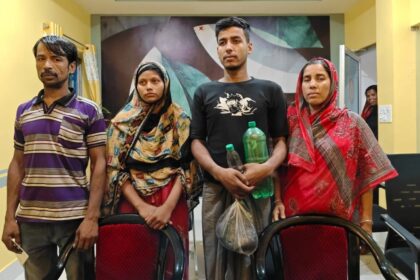Kolkata Flood Chaos: Record-Breaking 1,423 mm Rainfall Paralyzes City, Halts Metro & Stalls ₹500-Crore Durga Puja Preparations
Kolkata records a historic 1,423 mm rainfall, flooding streets, halting Metro services, and stalling ₹500-crore Durga Puja preparations. City battles chaos amid heaviest rain in decades
An overnight rainfall of 1,423.2mm across the major neighbourhoods in south Kolkata put a halt to the residents and Durga Puja organisers, many among them have already opened the venue for the pandal hoppers.
The worst affected was Garia Kamdahari with an accumulated rainfall of around 332mm followed by Jodhpur Park 285 mm and Kalighat, the home turf of chief minister Mamata Banerjee, 280.2 mm rainfall was recorded respectively. Four people have reportedly died from electrocultion as per media reports.
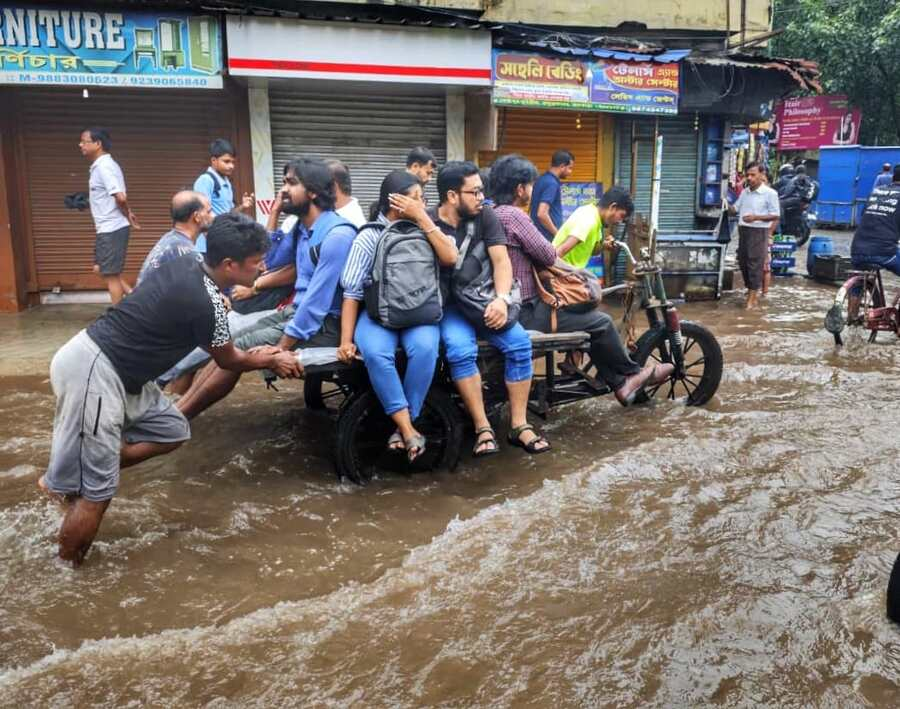
The India Meteorological Department’s office at Alipore had recorded 239 mm of rainfall, starting close to midnight that intensified with a steady downpour for close to five hours, which caused the damage.
The Met office forecast on Monday warned of a low-pressure area over the northeast Bay of Bengal that could bring heavy rainfall in several south Bengal districts on Tuesday. To make matters worse for festive-minded Kolkatans another low pressure area is likely to form over the east-central and adjoining north Bay of Bengal in another 48 hours and bring more rains.
As large parts of the city, especially the south lay under water with waterlogged arterial roads and lanes, crawling traffic and fewer cabs, Kolkata’s lifeline the Metro was forced to run truncated services between Dakshineswar and Maidan, with the south entirely cut off.
Metro services were suspended between Shahid Khudiram and Maidan, as the tracks between Tollygunge (Mahanayak Uttam Kumar) and Rabindra Sarobar were under water.
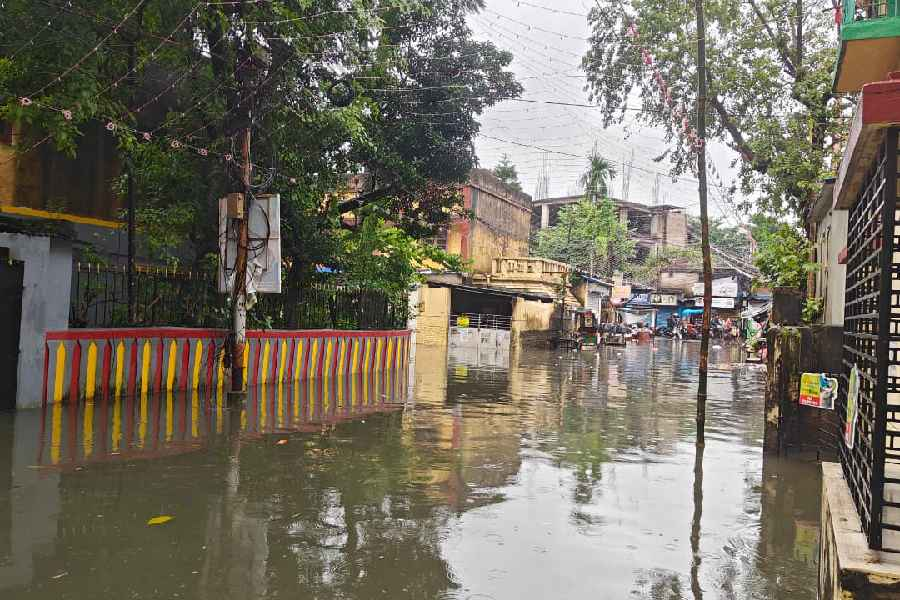
The Metro Railway said in a statement water is being pumped out from the tracks and efforts were on to resume normal services at the earliest.
The situation was no better at the airport. Indigo airlines issued an advisory for the passengers early on Tuesday morning.
“With heavy rainfall and thunderstorms expected over Kolkata we are seeing a chance of delays and slower traffic to and from the airport. While we can’t control the skies, we are doing everything possible to keep your journey steady on the ground. Please check your flight status and consider giving yourself a little cushion of time to reach the airport,” the airlines said in a post on X (formerly known as Twitter).
Social media users reported knee-deep water levels across the city. Many residents even disconnected their electric meters after water reportedly entered their homes. Schools have been ordered to shut down for the day.
For Bengalis returning home, the expectation of a decked-up city fell flat. Stalls under construction collapsed, final-stage preparations for Durga Puja came to a standstill in various areas, and railway lines were left waterlogged.
A social media user, who arrived in Kolkata early morning, hailed the “beautiful welcome” but added that travelling from Howrah to Chinar Park took over 2.5 hours. Many residents said they have never seen such heavy rainfall at the start of Durga Puja.
Kolkata, often celebrated as the cultural capital of India, witnessed one of the heaviest rainfalls in its recorded history, with 1,423 mm of rainfall flooding large parts of the city. The unprecedented downpour has crippled daily life, brought Metro services to a standstill, and thrown Durga Puja preparations worth nearly ₹500 crore into disarray. The situation has sparked alarm among residents, civic authorities, and the business community alike as the city grapples with waterlogging, power outages, and transport paralysis.
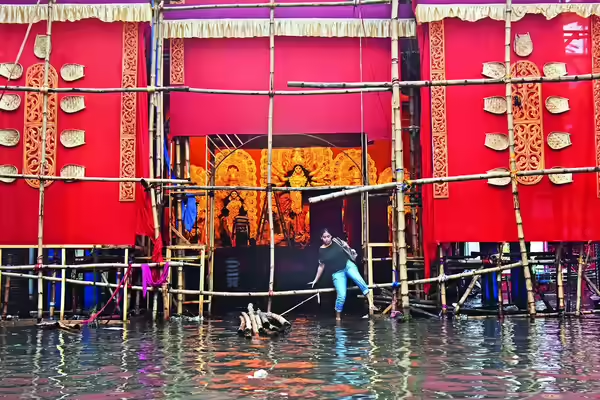
According to the India Meteorological Department (IMD), the city received 1,423 mm of rain in just a few days, breaking past records of seasonal rainfall. The intensity and persistence of the showers have left even the most flood-prone neighborhoods reeling under chest-deep water.
North Kolkata, including areas like Shyambazar, Bagbazar, and Sovabazar, saw severe waterlogging.
Central Kolkata bore the brunt as Esplanade, Park Street, and College Street became impassable.
South Kolkata localities like Garia, Jadavpur, and Tollygunge also remained submerged for hours.
Experts say this level of rainfall has not been seen in over five decades, raising questions about Kolkata’s preparedness for climate-driven extreme weather.
The Kolkata Metro Railway, often considered the city’s lifeline, was forced to suspend operations on multiple routes after underground stations were inundated. Commuters were stranded across the city, with hundreds lining up for overcrowded buses and taxis.
Several suburban train services were also canceled or delayed due to waterlogged tracks.
Road transport was disrupted as key arterial roads like EM Bypass, VIP Road, and Howrah Bridge approaches were submerged.
The Netaji Subhas Chandra Bose International Airport reported delays, though flight operations continued with caution.
Residents criticized civic agencies for the lack of drainage infrastructure despite repeated monsoon disasters in previous years.
The floods could not have come at a worse time. With Durga Puja less than a month away, the city’s most awaited festival, preparations worth over ₹500 crore have come under severe threat.
Pandals under water: Several puja organizers in North and South Kolkata reported half-finished pandals submerged in floodwater.
Idol workshops destroyed: Kumartuli, the centuries-old artisan hub where Durga idols are crafted, was heavily waterlogged, damaging clay structures and delaying work.
Economic setback: From decorators to lightmen, craftsmen to garment sellers, thousands of livelihoods face losses running into crores of rupees.
The Durga Puja economy, which contributes massively to Kolkata’s seasonal revenue, could face unprecedented challenges if rains persist.
The Kolkata Municipal Corporation (KMC) and Disaster Management teams swung into action, deploying pumps to clear waterlogged areas. Over 200 pumps have been working continuously, yet several neighborhoods remain submerged.
Chief Minister Mamata Banerjee held emergency meetings with civic officials, directing them to prioritize critical zones like hospitals, markets, and transport hubs. Relief camps have been opened in the worst-hit areas, while emergency helplines have been activated.
The National Disaster Response Force (NDRF) was also kept on alert to assist in possible evacuation efforts, though no large-scale displacement has yet been reported.
Frustrated residents took to social media to share visuals of submerged streets, flooded homes, and stranded vehicles. Hashtags like #KolkataFloods, #DurgaPuja2025, and #ClimateCrisis trended across platforms.
Critics pointed to decades of urban mismanagement, inadequate drainage networks, and unchecked construction on wetlands as reasons for the city’s vulnerability to flooding.
Meteorologists have linked this unprecedented downpour to changing climate patterns in eastern India. Experts warn that such high-intensity rainfall events are likely to become more frequent in the coming years.
Kolkata, located on the low-lying Gangetic delta, is especially vulnerable to both heavy monsoon rains and rising sea levels. Urban planners have long highlighted the need for better stormwater management and sustainable infrastructure, but implementation has lagged.
Beyond transport and festivals, the floods are expected to have a multi-sector economic impact:
Retail and markets: Small businesses in Burrabazar and New Market reported stock losses worth crores due to flooding.
IT and offices: Many offices in Salt Lake Sector V declared work-from-home as access roads were blocked.
Healthcare disruption: Hospitals like SSKM, RG Kar, and Apollo reported challenges as ambulances struggled to reach facilities on time.
Experts estimate that the total economic damage from this flood could run into hundreds of crores if normalcy is not restored soon.
“I have lived in Kumartuli for 40 years, but I have never seen water rising this high. Our half-made Durga idols have been destroyed,” said a local artisan.
“It took me three hours to cover a distance of 5 km because no Metro or buses were running. This city shuts down every monsoon,” complained a commuter near Esplanade.
“Kolkata’s infrastructure has failed us again. Unless serious investments are made in drainage, these disasters will keep repeating,” said an urban planner.
Read Also : Shocking! Woman Practising Garba Kidnapped in MP’s Mandsaur – 7 Arrested in High-Profile Case


